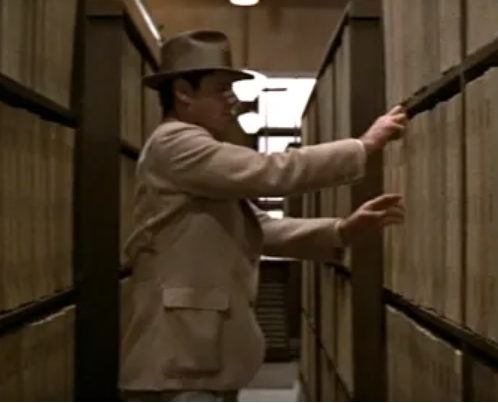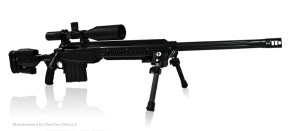 The “Official Stanford Investors Committee” (“OSIC”), a creation of the receivership arising from the Allen Stanford Ponzi scheme, sought to intervene in ongoing tort litigation about the scheme. The Fifth Circuit affirmed the denial of OSIC’s request.
The “Official Stanford Investors Committee” (“OSIC”), a creation of the receivership arising from the Allen Stanford Ponzi scheme, sought to intervene in ongoing tort litigation about the scheme. The Fifth Circuit affirmed the denial of OSIC’s request.
Fed. R. Civ. P. 24(a)(2) sets four requirements for an application to intervene. The first requirement, timeliness, is also defined by reference to four factors. (1) the length of time the movant waited to file, (2) the prejudice to the existing parties from any delay, (3) the prejudice to the movant if intervention is denied, and (4) any unusual circumstances. Here, noting no unusual circumstances, the Court reasoned:
- Length of time. “Using the denial of class certification as the relevant starting point, Appellants waited 18 months before moving to intervene. … In many of our cases where we have found intervention motions to be timely, the delay was much shorter.”
- Prejudice to parties. “The existing parties would experience prejudice in at least two ways if Appellants were granted leave to intervene after a delay of 18 months. First, the existing parties would face a second round of fact discovery, significantly increasing litigation costs. …Second, Appellants’ tardiness will delay final distribution of any recovery.”
- Prejudice to intervenor. After reviewing the complex standing issues surrounding the Stanford claims: “The denial of intervention will not exclude Appellants from recovery even if it were to prejudice them in some way.”
Rotstain v. OSIC, No. 19-11131 (Feb. 3, 2021).
 After the matter ended, a health care economist sought to intervene in a qui tam case about medical billing, wanting to challenge a protective order that covered documents in which he had professional interest.
After the matter ended, a health care economist sought to intervene in a qui tam case about medical billing, wanting to challenge a protective order that covered documents in which he had professional interest.


